20 Best Tourist Attractions to Visit in Fiji
1. Levuka, Ovalau

Fiji’s sole UNESCO World Heritage Site, Levuka is the capital of Ovalau, the principal island of the Lomaiviti group, and it was too the foremost colonial capital of Fiji. This is where the first Europeans colonize in the early 19th century, and its historic center, with age-old timbered structures, attained World Heritage status in 2013. Today, the town is not a flourishing tourist destination; rather, it’s an exotic window into old Fiji, located amid mango trees and coconut palms. Key attractions include the Royal Hotel, commenced in the 1860s and still running today as the most aged hotel in the South Pacific; Sacred Heart Cathedral and Presbytery from the 1860s; and the Morris Hedstrom bond shop. Most tourists to Levuka arrange homestays with the locals and delay a while to soak up the laid-back atmosphere of this amicable town.
2. Sri Siva Subramaniya Temple, Nadi

One of the topmost tourist attractions in Nadi, the rainbow-colored Sri Siva Subramaniya Temple is the biggest Hindu temple in the Southern Hemisphere and attracts a constant flow of worshippers, as well as visitors who come here to appreciate the attractive Dravidian architecture. Artists visit from India to draw the temple and work on its painty ceiling frescoes. The temple is devoted to the God Mungan, delineated by the timbered sculptures from India housed in the key temple. Don’t’ forget to obey the dress code when visiting here, (cover up and take your shoes off) and note that photoshoots are off-limits once you step into the temple.
3. Fiji Museum, Viti Levu
You can learn all about Fiji’s captivating culture and history at this little museum in central Suva, nestled within Thurston Gardens. It is broadly considered one of the greatest museums in the South Pacific, with displays on the culture of the homespun Fijians, British colonial history, the impact of the country’s big Indian population, and Fiji’s native history. In the coastal displays, double-hulled Fijian canoes and a bilibili (bamboo raft) are on exhibition, as well as the rudder from the HMS Bounty. Other attractions include displays on the exercise of cannibalism, crocks of pottery seen at the Sigatoka Dunes archeological sites, and paintings by synchronous Fijian artists. After enjoying all the displays, you can rest with a picnic under the palms and fig trees in the neighboring botanical gardens.
4. Kula Eco Park, Viti Levu
At Kula Eco Park in Sigatoka, you can catch the endangered Fijian crested iguana, take close-up photographs of Fiji’s wonderful endemic birds, and know about captive breeding activities for some of the country’s rare species. Timbered boardwalks penetrate through more than 12 acres of jungle, along the valley ground and canopy, where you can see tropical trees; lizards; snakes; and local birds, including doves, parrots, and waterbirds. Maritime displays house tropical fish, painty soft coral, and sea turtles. This is a fun draw for animal-loving kids and adults alike.
5. Sigatoka Sand Dunes National Park, Viti Levu
Nearly 60 kilometers south of Nadi, Sigatoka Sand Dunes National Park was the country’s foremost national park, created to defend this brittle ecosystem of maritime dunes close to the mouth of the Sigatoka River. Constructed over thousands of years, the dunes are 20 to 60 meters high. One can enjoy the sensational sights of the surf from the highest peaks. To enjoy the park, you can pick up from two self-guided walks: a one-hour walk through a jungle to the coast or a two-hour stroll along the ridgeline. Key attractions include traveling the archaeological sites to watch old Lapita artifacts, consisting more than two-thousand-year-old pottery, rock tools, and one of the largest graveyard sites in the Pacific. Bird watching is also popular, and the little tourist center exhibits some fascinating artifacts found at the site as well as facts about its history and ecology.
6. Sawa-i-Lau Caves, Yasawa Islands
In the northern Yasawa Islands, the mysterious Sawa-i-Lau Caves were carved by wind and waves over thousands of years and they are well known as the place of sights from the eminent Brooke Shields movie, The Blue Lagoon. Illuminated with light, the foremost limestone cave has effortless access, and you can swim in the chill, transparent water of the deep pool and appreciate the fascinating limestone formations. To enter the inner cave, you have to swim through a submerged tunnel. Local people believe that this inner cave is the bosom of the Yasawas and that the caves are the ultimate resting place of the ten-headed Fijian God, Ulutini. It’s noteworthy that the second cave is just accessible when the tide approves. Guides are very much needed to enjoy these caves.
7. Great Astrolabe Reef, Kadavu
Fringing Fiji’s fourth biggest island, Kadavu, and other little islands in the Kadavu group, the 100-kilometer-long Great Astrolabe Reef is the fourth biggest barrier reef in the world. Divers come here to plunge themselves in an underwater wonderland of caves, tunnels, peaks, drop-offs, kaleidoscopic solid and tender corals, and tropical fish. Most of the dive locations are effortlessly accessible by boat from the southern coast of Kadavu, the streams are usually moderate, and visibility ranges from 10 to 40 meters. The dives include all skill levels, from beginner to advance. Snorkelers can also explore the rich marine life here and get the opportunity to swim with manta rays. Anglers can fish in particular areas; the reef is beloved for its affluence of billfish species, as well as tuna, mahi-mahi, and huge trevally.
8. Garden of the Sleeping Giant and Sabeto Hot Springs, Viti Levu
Nor more than 30 minutes by car from Nadi, nestled in the lush foothills of their namesake mountain top, the Garden of the Sleeping Giant is a fruitful day tour – specifically if you’re a green lover. Once the private collection of the late actor Raymond Burr of Perry Mason fame, these fantastic gardens house more than 2,000 species of orchids, as well as a quiet lily pond abounding with tadpoles and frogs. You can enjoy the gardens on coated boardwalks that wind through 20-hectares of lawns and native jungle. Cradles and hammocks invite you to procrastinate and enjoy the calmness and tranquility of this green valley, and free guided travel share interesting trifles on the history of the gardens. After appreciating all the botanical charms, visit the neighboring Sabeto Hot Springs and Mud Pool and undergo a therapeutic mud bath and a pacifying soak in the thermal pools.
9. Navua River, Viti Levu
The Navua River on Viti Levu runs for 65 kilometers from the Viti Levu highlands to the south shore through excellent scenery, with green rainforests, fountains, and rough canyons. You can row the Upper Navua River in kayaks or canoes, drift along on a bilibili (bamboo raft), or travel on the whitewater rapids (Grade II to Grade III) on an air-filled raft. Wild animals such as fruit bats, herons, and native parrots are often located along the way, and you can attach a river experience with cultural trips to native villages and take part in conventional kava functions. This intricate, tropical wilderness offers a flavor of the real Fiji – specifically if you are based at one of the expensive resorts of the Coral Coast, Denarau Island, and Pacific Harbor.
10. Pacific Harbor, Viti Levu
Not more than 50 kilometers from Suva, Pacific Harbor is the self-announced “Adventure Capital of Fiji.” This luxurious enclave of holiday homes and resorts started its life as a residential canal progression in the 1970s, and now, it’s sprouting into a place for adrenaline sports. Well-known entertainment activities here include river rafting on the neighboring Upper Navua River, zip-lining, jet skiing, surfing, 4WD adventures, and a heart-beating dive with bull sharks in Beqa Lagoon. If you choose more low-key activities, Pacific Harbor is a place of beloved arts village with restaurants, souvenir stores, and cultural exhibitions. Living options range from budget hotels to fantastic resorts, and the brand new Pacific Palm Marina is underway, with restaurants, upper-class residences, a golf course, and a spa. Nearly 20 minutes by car from Pacific Harbor, Kila World provides cable courses and nature walks.
11. Beqa Lagoon, Viti Levu
Nearly 144 kilometers southeast of Nadi, off Pacific Harbor, Beqa Lagoon allures eager divers and adventure searchers, many of whom come here to enjoy the Beqa Lagoon Shark Dive. With tight safety rules in place, specialist local dive instructors offer breathtaking face-to-face encounters with these frightening creatures in their natural home. Among the many species, you can watch are bull sharks, whitetip and blacktip reef sharks, and even tiger sharks. If you’re searching for a more restrained underwater experience, the lagoon has to offer more than 100 dive sites, including coral bommies, peaks, and shipwrecks that house a fascinating diversity of soft corals and tropical fish. Most places are in comparatively shallow waters not far from the coast. This is a suitable place to dive if you’re traveling Viti Levu and don’t have much time to visit the reefs around the tiny islands. Beqa Island, completely offshore, is home to the Sawau tribe, who commenced the eminent Fiji tradition of firewalking, and you can still see this centuries-old tradition at
12. Bouma National Heritage Park, Taveuni Island
Nature enthusiasts, hikers, and fowlers can soak up some of Fiji’s green natural beauty in Bouma National Heritage Park on the island of Taveuni. Constructed in 1990, the park surrounds about 150 square kilometers of rainforest, with exceptional tropical plants and fascinating diversity of birds, as well as four villages that are each accountable for maintaining parts of the park. You can enjoy snorkel in the marine park at Waitabu; hike through the rainforest to old ruins near Vidawa; and kayak or wander the Lavena Coastal Walk, halting at waterfalls for a swim along the way. A specific attraction of the park is the Tavoro Waterfalls, with three sets of falls managed by the neighboring Korovou village, where you can swim in the tranquil volcanic pools and take photographs of the curtain-like streams of water flowing down the rockfaces. Lake Tagimaucia is located in this park, a crater lake, where the rare Tagimaucia flower blossoms, and De Voeux Peak, which provides fascinating sights from its 1,195-meter peak.
13. Cloudbreak, Mamanuca Islands
Often beautifying the list of the world’s greatest and most challenging waves for surfers, Cloudbreak lies on a protected reef about two kilometers away from the Tavarua Island Resort near Namotu Island Resort in the Mamanuca Islands. This internationally famous left reef break speeds up as it barrels over a shallow reef, unloading a huge volume of water, and surfers can surf here during all tides. Relying on conditions, waves differ in height from two to 20-feet, and entry is generally via a jet-ski and tow board. Not astonishingly, the wave is best raided by adept surfers only. In 2016, Hawaiian surfer Aaron Gold nearly sank riding this break. The greatest swell comes from the south/southwest, gratitude to the eastern trade winds, which usually blow between March and October. Tavarua and neighboring islands give access to eight key surf breaks, consisting Swimming Pools, Tavarua Rights, and Namotu Left. Besides Tavarua and Namotu, other resorts that give access to Cloudbreak include Funky Fish Beach Resort, Plantation Island Resort, and Lomani Island Resort.
14. Blue Lagoon Cruise: Mamanuca and Yasawa Islands
If you wish to sample some islands on your Fiji day off, a Blue Lagoon Cruise is a major option. These special 68-passenger cruises offer a choice of three particular itineraries in the picture-postcard Yasawa and Mamanuca Islands. You can select from three, four, or seven-night cruises, and all have ductile itineraries that are subject to alter depending on the weather and local ceremonies. Daily schedules organize the highest four hours of cruising each day, so you can pass most of your time exploring the islands. Entertainment activities include swimming; diving; and snorkeling in the tranquil waters; picnics on deserted islands; fishing; and visiting local villages and draws, like the Sawa I Lau Caves. Cruises leave from Port Denarau. The Yasawa Flyer also offers daily trips through the Yasawas from Denarau Marina.
15. Yasawa Islands
In most cases the foremost stop for romantic escapades and honeymooners, the Yasawa Islands are a cluster of islands to the north of the mainland, Viti Levu. It’s not somewhere you would visit on a rapid weekend relief – to really make the most of this wonderful setting, you’ll require at least several days, taking into estimation the 2- to 3-hour boat journey from Denarau. Or, you can go to the islands on a seaplane, or appear in style by helicopter.
16. Savusavu, Vanua Levu
There’s a cause Savusavu is familiar as Fiji’s secret heaven. It’s a far way off the beaten track and not a site most getaway tourists choose, making it feel like a hidden paradise for those who take the time to arrive there. Located on Fiji’s second biggest island, Vanua Levu, Savusavu surrounds the feeling of an idle beach town diluted with tropical rainforest and magnificent harbor views.
17. Natadola Bay
Natadola Beach is a beloved site for many tourists. Thanks to its easy accessibility on the mainland of Viti Levu and unbelievable snorkeling sites. The beach stretches across the forepart of the Intercontinental Fiji Golf Resort and Spa, which has golden sands and transparent waters, with flourishing marine life in the corals just off the beach.
18. Kadavu
Kadavu is a remote island of Fiji where tourists can get a real perception for Fijian culture and heritage. It’s one of the least flourished islands in the archipelago. With just several roads, you won’t find many tourists – just unharmed beauty, specifically, if you get up high.
19. Tavoro Waterfall, Taveuni
Fiji is abode to a number of magnificent and beautiful waterfalls, located in rainforest and jungle settings. One of them is the Tavoro Waterfall situated on the island of Taveuni. Also familiar as Bouma Falls, it is a combination of three waterfalls in the Bouma National Heritage Park. The area accepts enormous rain, which helps form a lush setting and mighty falls.
20. Coral Coast
The Coral Coast is frequently thought to be the most wonderful part of the mainland on Viti Levu. A few resorts are situated along this extension of coastline and it has many beaches, ocean sights, and snorkeling advantage.

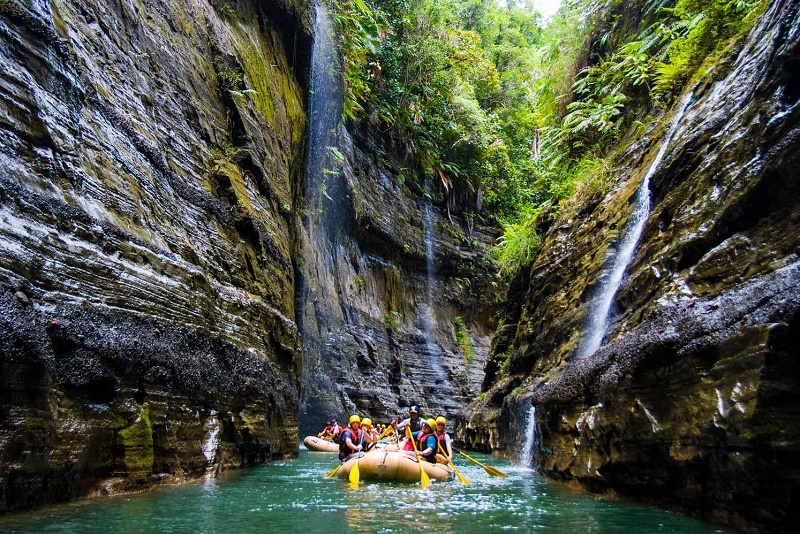
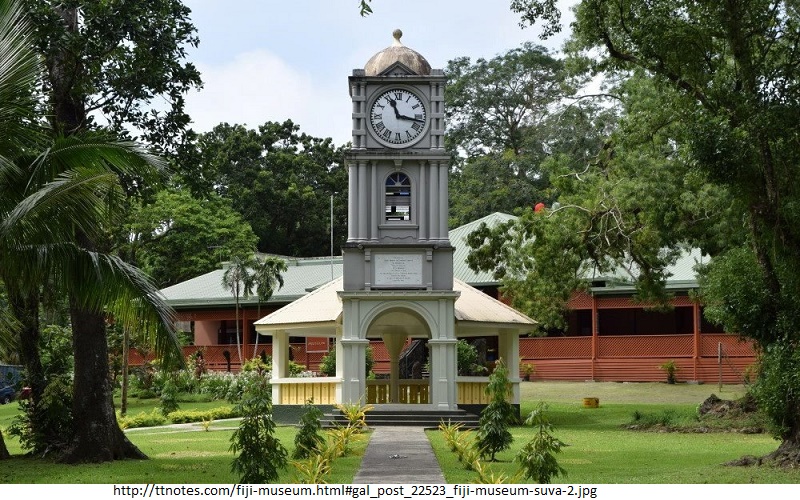
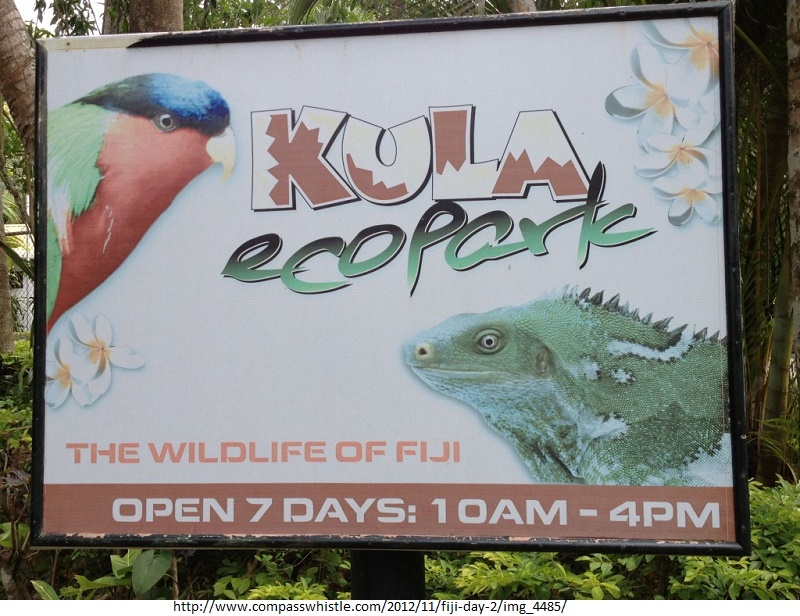
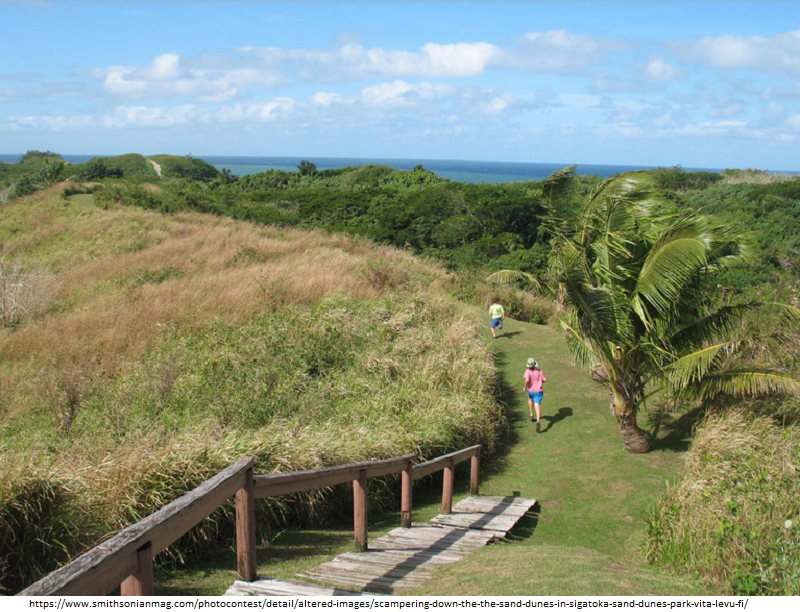
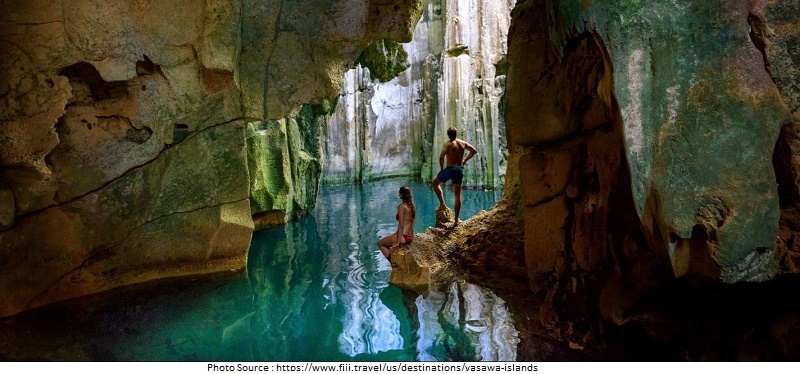
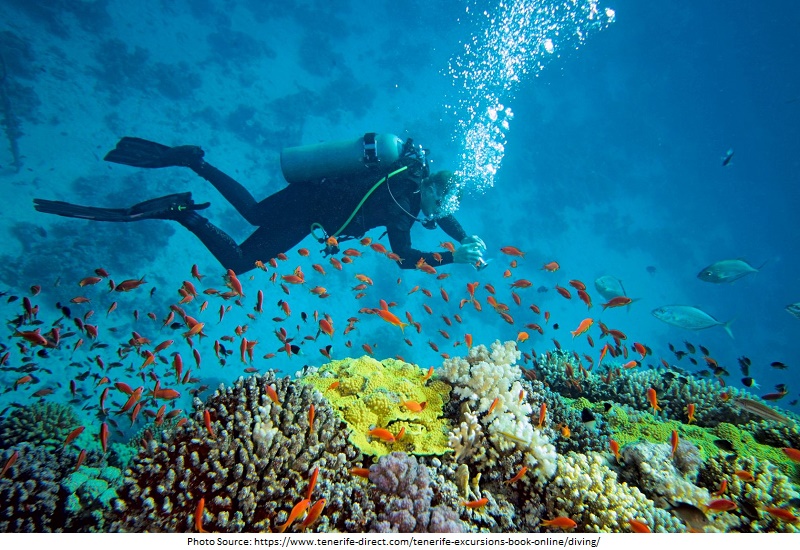
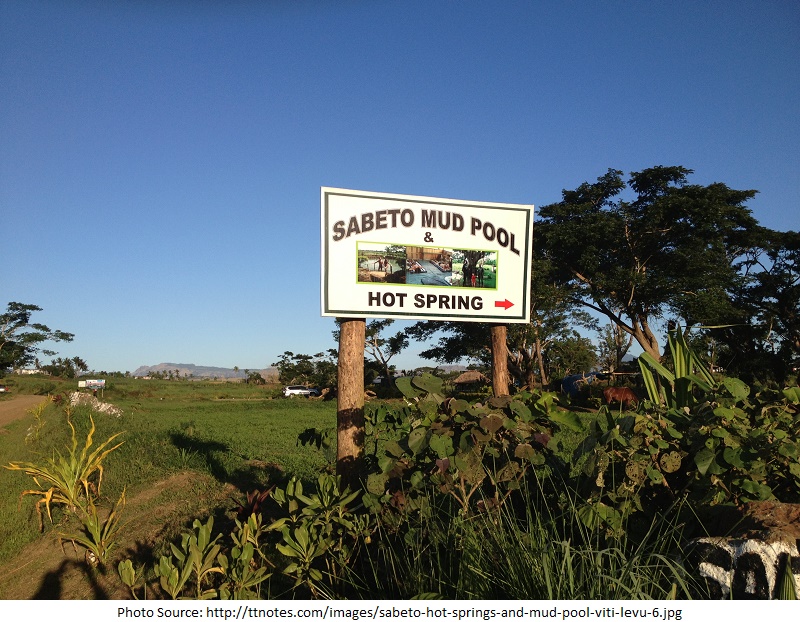
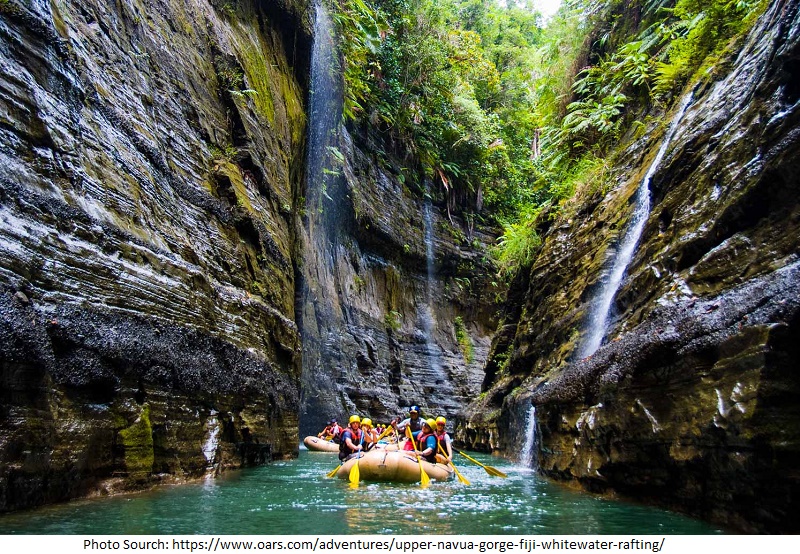
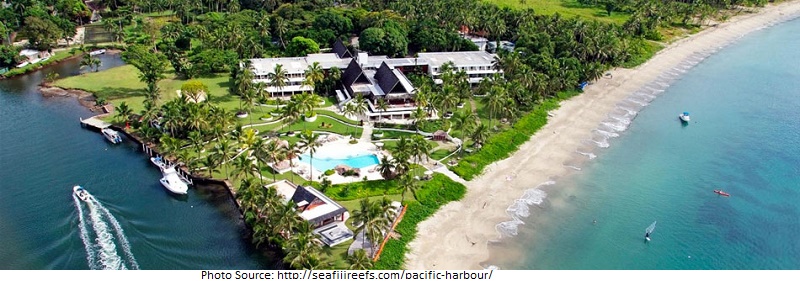
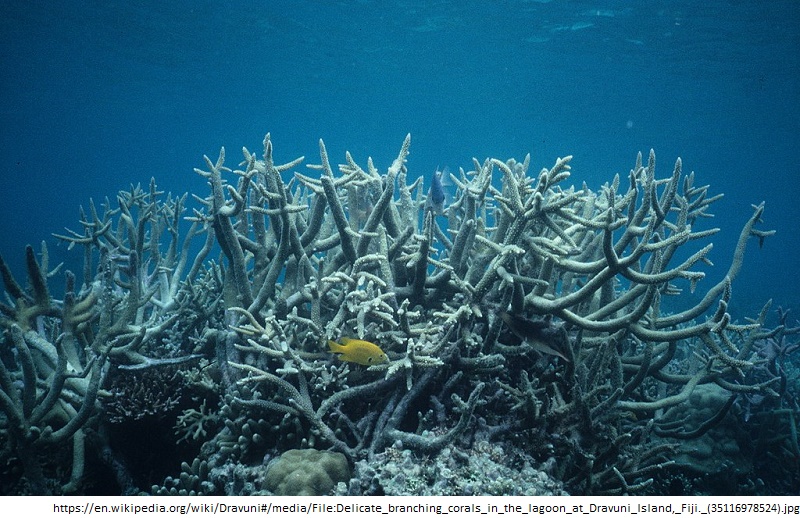
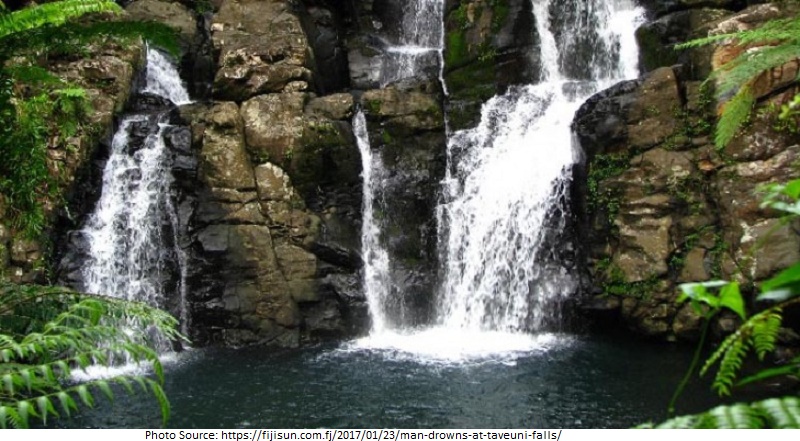
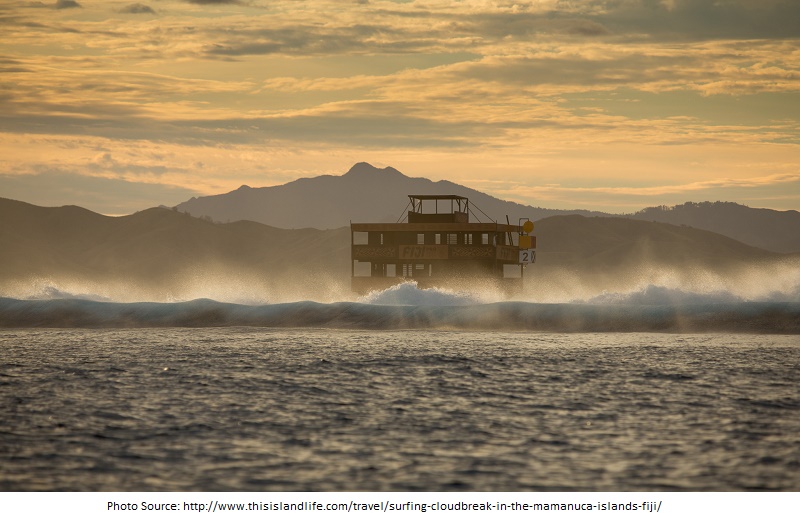
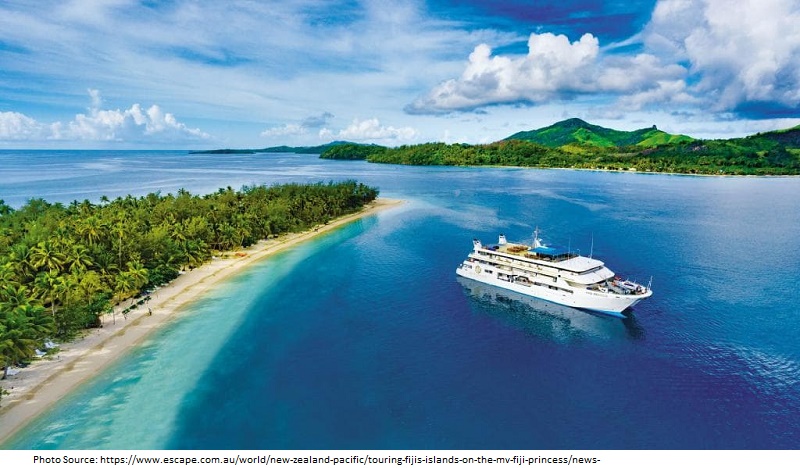
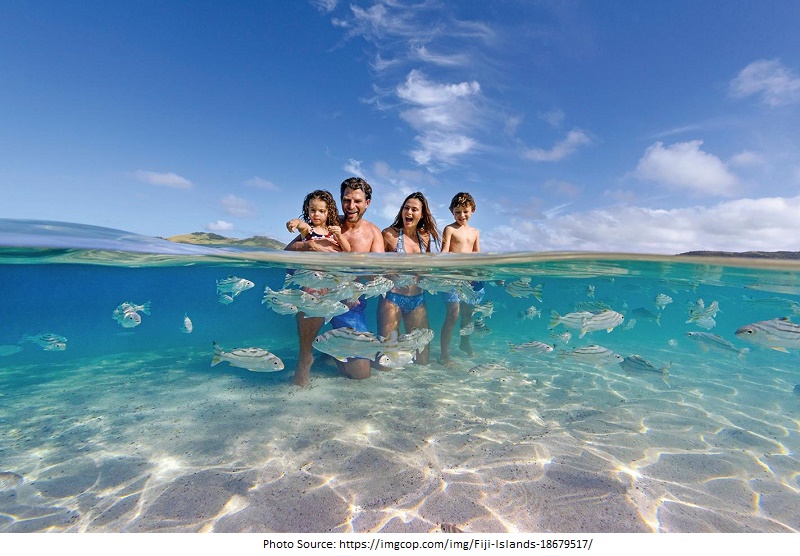
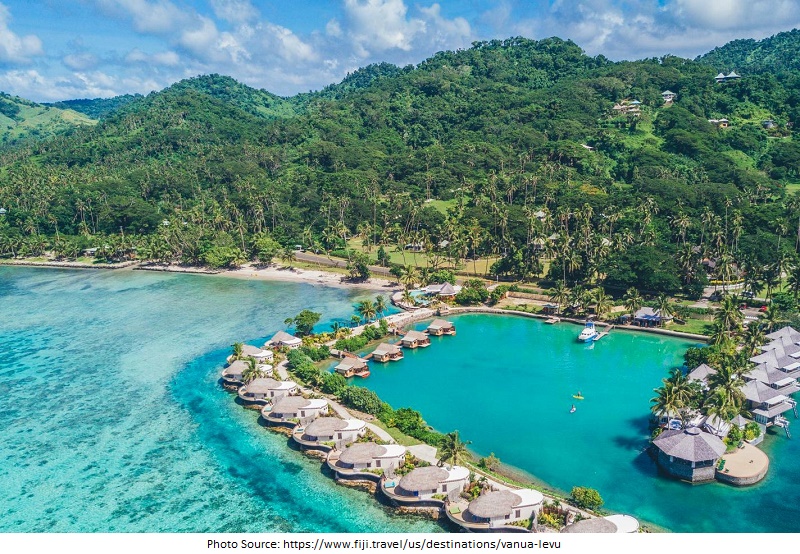
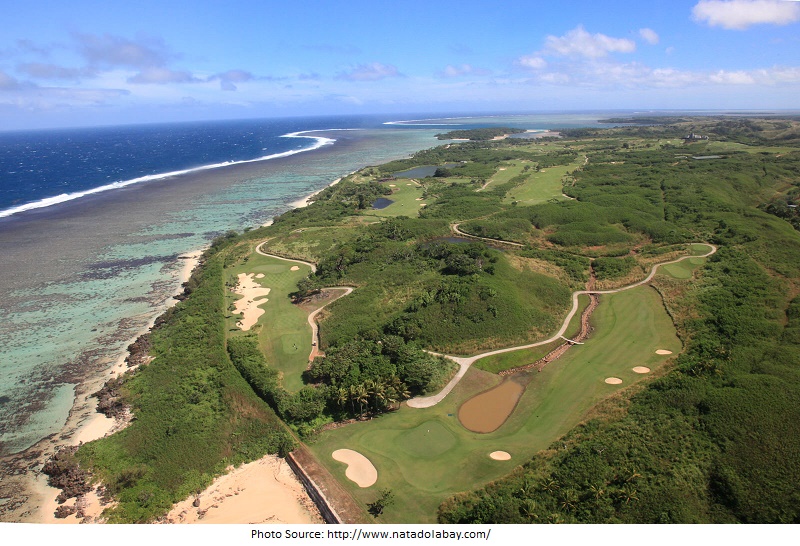
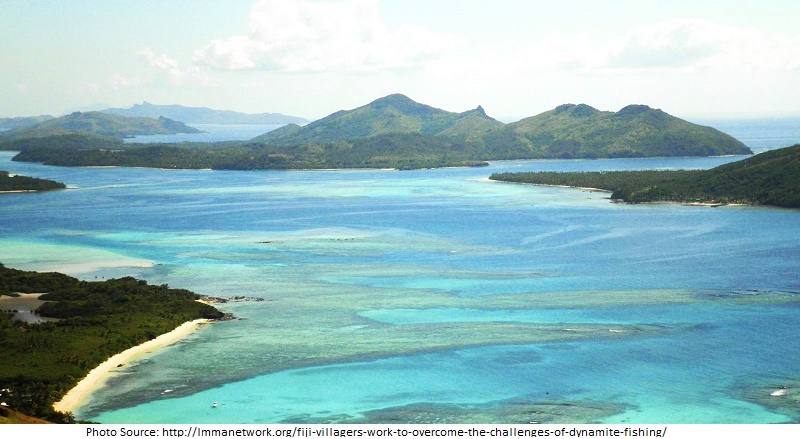
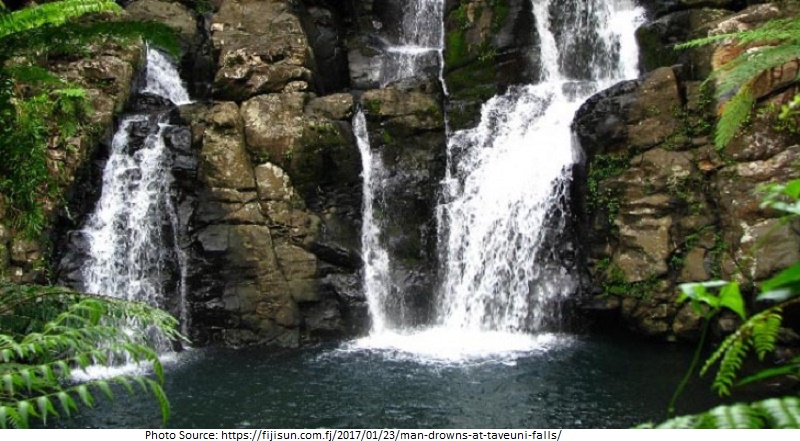
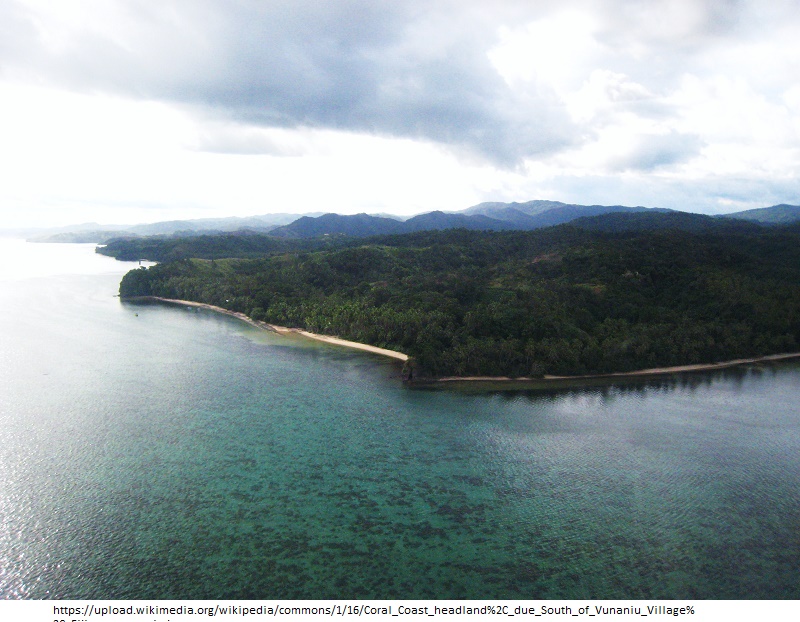
WOW! Fiji is the most beautiful country in the world! This place is Heaven!!
Hey! I’m at work surfing around your blog from my new iphone 4!
Just wanted to say I love reading your blog and look forward to all your posts!
Carry on the fantastic work!
Hi, I do believe this is an excellent blog. I stumbledupon it 😉 I will come back yet again since I saved as a favorite it.
20 Best Tourist Attractions to Visit in Fiji –
I think the admin of this website is truly working hard in support of his
site, since here every material is quality based information